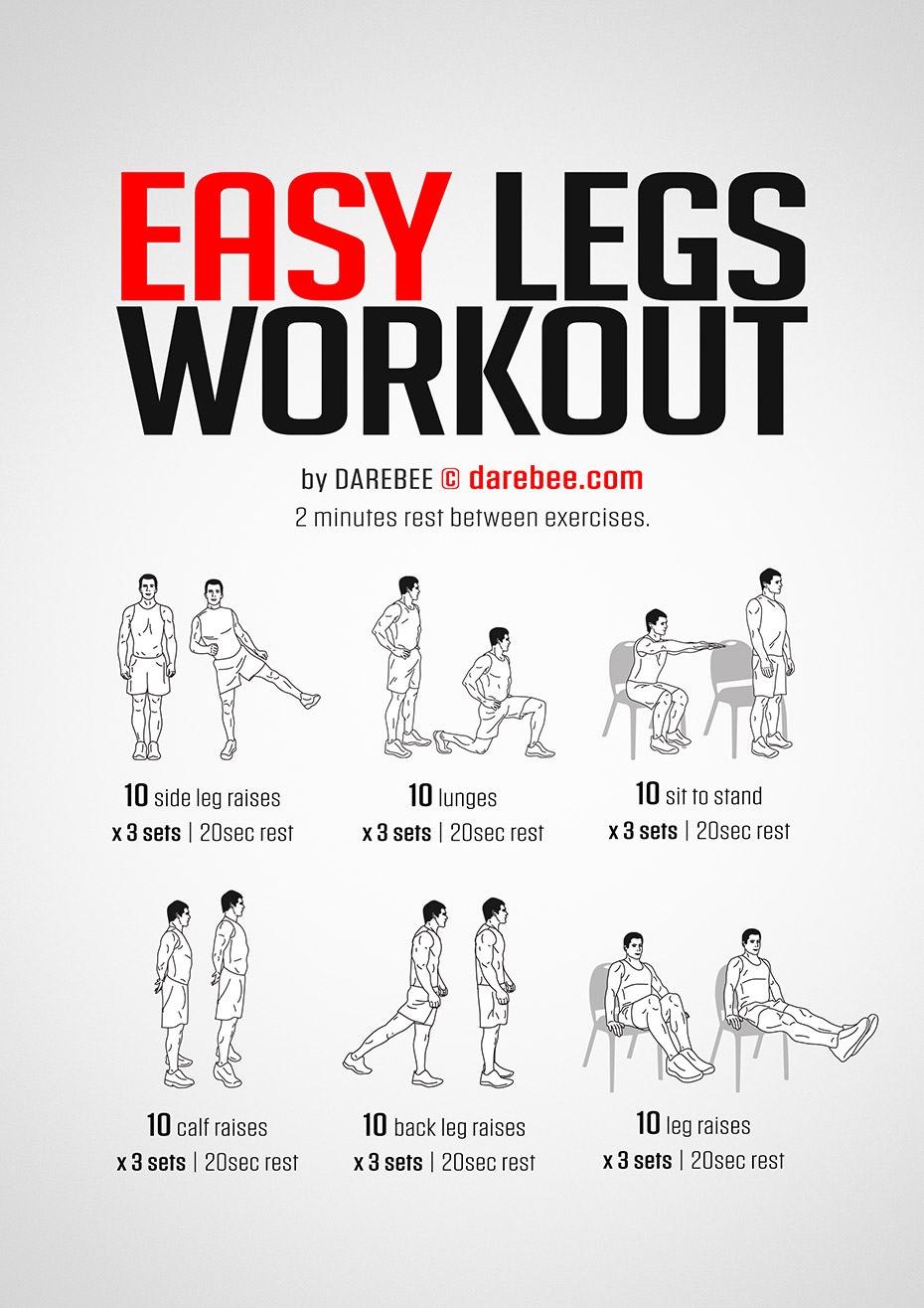How to Build Stronger Legs at Home: A Guide to Simple, Effective Workouts
You don’t need a fancy gym or expensive equipment to build strong, powerful legs. In fact, some of the most effective leg workouts can be done right in the comfort of your own home, with nothing more than your body weight. Whether you’re a complete beginner or looking to supplement your existing routine, this guide will walk you through a series of simple, yet incredibly effective exercises that will target every major muscle group in your lower body.
The Benefits of Leg Day (Even at Home)
Before we dive into the exercises, let’s talk about why leg day is so important. Building strong legs isn’t just about aesthetics; it’s about building a solid foundation for your entire body. Your legs are your primary mode of transportation, and strengthening them can improve your balance, stability, and overall athletic performance. Furthermore, leg exercises are some of the most metabolically demanding movements you can do, meaning they burn a lot of calories and can help with weight management.

The Anatomy of a Leg Workout
A well-rounded leg workout should target all the major muscle groups:
Quadriceps: The muscles on the front of your thighs.
The following exercises will ensure you hit all these areas for a comprehensive and balanced workout.
Your At-Home Leg Workout Routine
This routine is designed to be scalable. If you’re a beginner, focus on mastering the form for each exercise and start with 2-3 sets of 10-12 repetitions. As you get stronger, you can increase the number of sets, reps, or add variations to make the exercises more challenging.
The squat is arguably the king of all leg exercises. It targets your quads, hamstrings, and glutes, and is a fundamental movement pattern we use every day.
How to do it: Stand with your feet shoulder-width apart, toes pointing slightly outward. Keep your chest up and your back straight. Begin by hinging at your hips and bending your knees as if you’re about to sit in a chair. Lower yourself until your thighs are parallel to the floor, or as low as you can comfortably go while maintaining good form. Push through your heels to return to the starting position.
Lunges are a fantastic way to work each leg independently, which helps to correct any muscular imbalances you might have. They primarily target your quads, glutes, and hamstrings.
How to do it: Stand with your feet hip-width apart. Take a large step forward with one foot. Lower your hips until both knees are bent at a 90-degree angle. Your front knee should be directly over your ankle, and your back knee should be hovering just above the floor. Push off with your front foot to return to the starting position. Repeat on the other side.
This exercise is a powerhouse for your glutes and hamstrings. It’s also great for strengthening your core and lower back.
How to do it: Lie on your back with your knees bent and feet flat on the floor, about hip-width apart. Your arms should be at your sides with your palms down. Squeeze your glutes and lift your hips off the floor until your body forms a straight line from your shoulders to your knees. Hold this position for a moment, then slowly lower your hips back down.
Don’t neglect your calves! Strong calves are important for everything from walking to running and jumping.
How to do it: Stand with your feet shoulder-width apart, holding onto a wall or chair for balance if needed. Slowly lift your heels off the ground, rising up onto the balls of your feet. Hold for a moment, squeezing your calf muscles at the top, then slowly lower your heels back down.
The wall sit is an isometric exercise, meaning you hold a static position. It’s a great way to build endurance and strength in your quads.
How to do it: Stand with your back against a wall. Slide your back down the wall until your thighs are parallel to the floor, as if you’re sitting in an invisible chair. Make sure your knees are directly above your ankles and your back is flat against the wall. Hold this position for as long as you can.
You can perform this workout 2-3 times per week, making sure to give your muscles at least one rest day in between sessions. A sample weekly schedule might look like this:
Monday: Leg Workout (3 sets of 10-15 reps for each exercise)
Listen to your body: If you feel any sharp pain, stop immediately. A little muscle soreness is normal, but pain is a sign to rest.
Building strong legs doesn’t have to be complicated. With this simple, effective, and free routine, you have everything you need to start your journey toward a stronger, more stable, and more confident you. Get started today and feel the difference!



